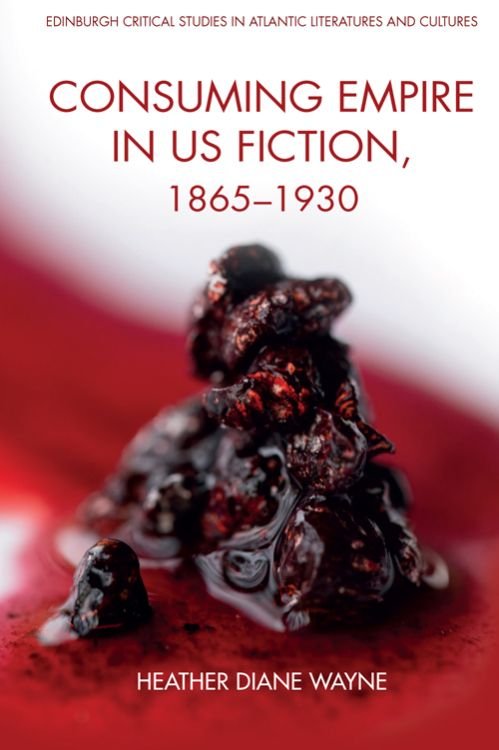What is a reference to an Italian Egyptologist doing in Louisa May Alcott’s portrait of domesticity Little Women? Why does Elizabeth Stuart Phelps’s painter protagonist Avis Dobell know--and care--that her red shawl is dyed with desiccated beetles? Why might W.E.B. Du Bois’s fictional sharecropper display a reproduction of a painting by William-Adolphe Bouguereau near his cotton field? These questions, and more, are answered by Consuming Empire in US Fiction, 1865-1930. An interdisciplinary study of references to internationally-traded commodities in US fiction, Consuming Empire in US Fiction, 1865-1930 assembles an integrated geopolitical analysis of Americans’ material, gendered, and aesthetic experiences of empire at the turn of the twentieth century. Examining allusions to contested goods like cochineal, cotton, oranges, fur, gold, pearls, porcelain, and wheat, Consuming Empire in US Fiction, 1865-1930 reveals a linked global imagination among authors who were often directly or indirectly critical of US imperial ambitions. Louisa May Alcott, Elizabeth Stuart Phelps, Constance Fenimore Woolson, María Amparo Ruiz de Burton, Frank Norris, W.E.B. Du Bois, Edith Wharton, and Nella Larsen punctuate their fiction with references to contested goods to imaginatively navigate consumers’ gendered and racialized entanglement in a volatile inter-imperial economy. Furthermore, Consuming Empire in US Fiction, 1865-1930 considers the commodification of art itself, interpreting writers’ allusions to paintings, sculptures, and artists as self-aware acknowledgments of their own complicity in global capitalism. As Consuming Empire in US Fiction, 1865-1930 demonstrates, literary texts have long trained consumers to imagine their relationship to the world through the things they own.
